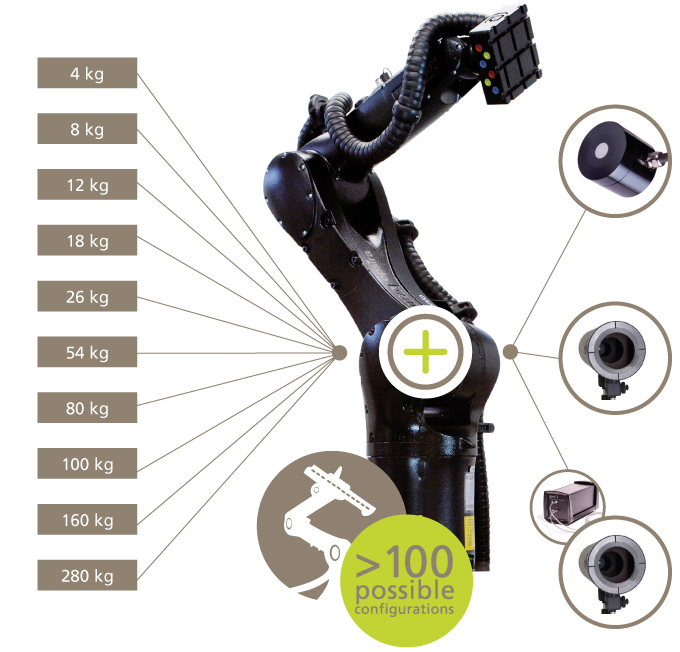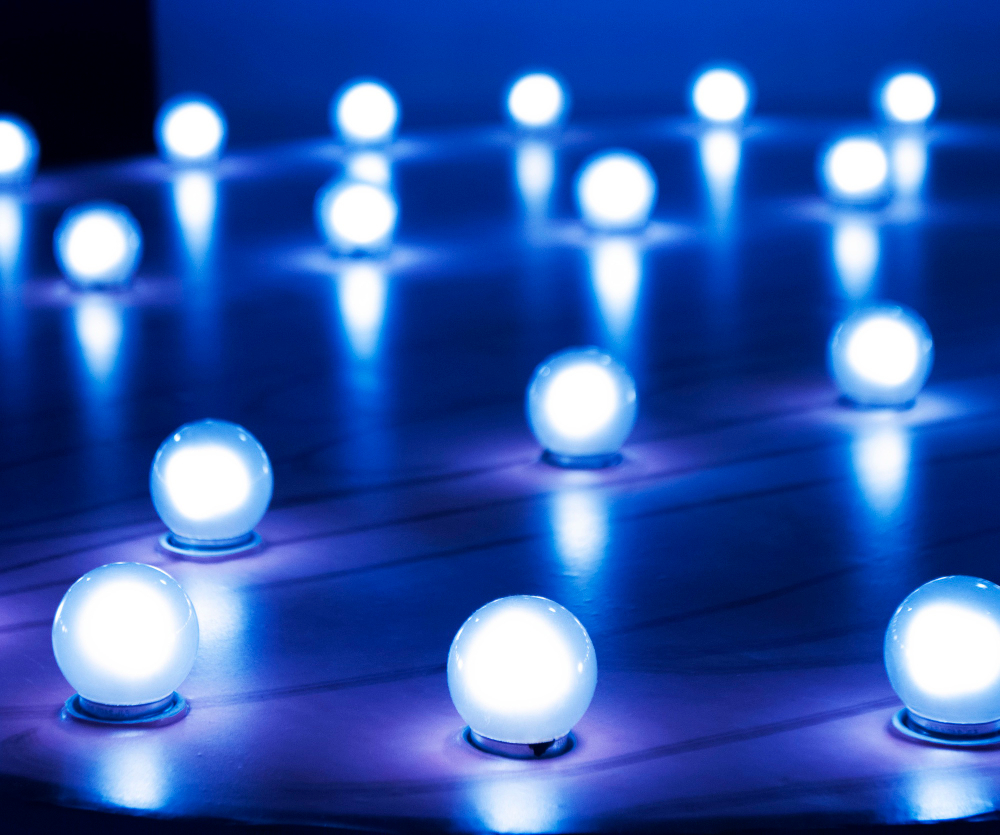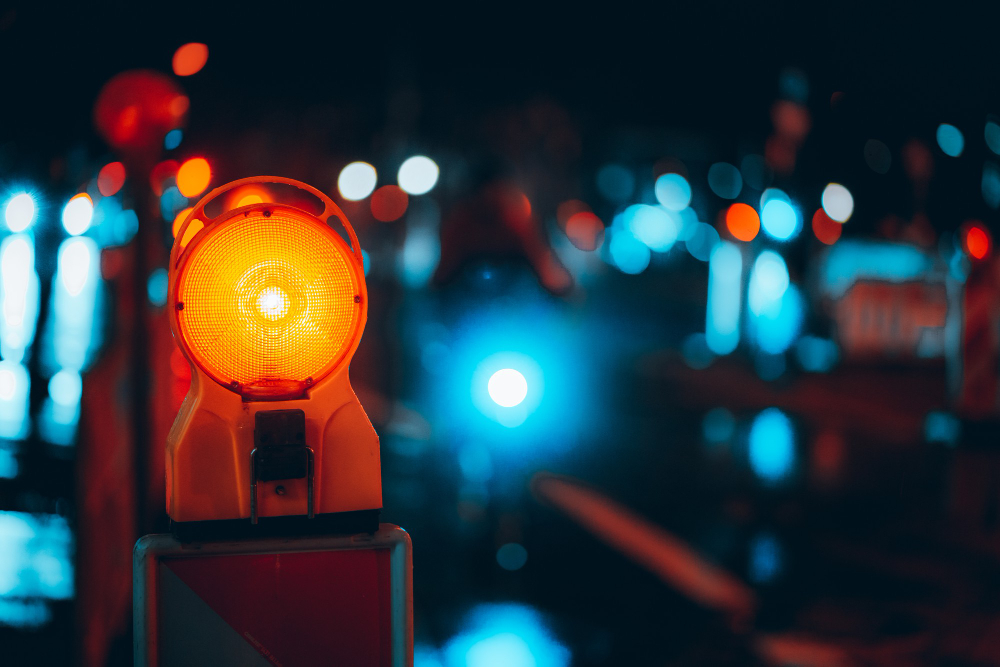Detector: Standard photometer frc-f
robogonio
The robogonio is the most flexible, robust, and precise goniophotometer on the world market. The robogonio combines the flexibility of a KUKA industrial robot with the precision of opsira light measurement techniques. Different detectors can be combined with robogonios of various sizes and are available in 3 product lines.
robogonio goniophotometer brings together the capabilities of near-field and extremely fast far-field measurement, alongside spectral analysis, all within a single, highly flexible platform. Designed to cater to the exacting needs of professionals in the fields of lighting, automotive, and beyond, robogonio empowers engineers and researchers to obtain comprehensive and highly accurate data on the performance of various light sources and optical devices. With its advanced features and superior capabilities, this system revolutionizes optical testing, providing the insights needed to enhance product quality, efficiency, and innovation.
Key Merits:
- Near-field / far field goniophotometry with multiple detector systems
- Fast measurement with the Class L photometer - hemisphere: ~120 seconds
- Available in multiple variations (with a payload of 4 kg to up to 280 kg)
- Angle repeatability of up to 0.005°
- Easy to operate
Detector Options:
- Photometers
- Spectrometers
- Spectroradiometers
- Luminance cameras
- Environmental detectors

Detector: Standard photometer frc-f
Detector: very fast Class L photometer
Detector: fast Class L photometer with a spectrometer

Applications
Automotive: In the automotive industry photometric measurements need to be executed with high angular resolution in order to comply with the strict industry standards, and of course, results need to be performed and delivered extremely quickly. The robogonio’s very fast Class L photometer reduces the measurement time to just a few minutes. Furthermore the robogonio allows angular resolutions of 0.01.
-min.jpg)
Luminaires: The robogonio is perfectly suited for companies constantly launching new luminaires by quickly generating the required LED data and providing far field data (IES or EULUMDAT format). The robogonio can also be equipped with an optional spectrometer for color vs angle measurements. Furthermore Luminous flux efficiency vs consumed electrical power can also be determined directly to understand energy efficiency classification.

Signal Lights: Luminous intensity distribution is a critical metric for measuring traffic lights, railway signals, beacons etc. for production lines. Some applications require that front and back exit windows emit the same intensity, the robogonio’s flexibility makes it straightforward to model the distribution in both directions in a single setup for fast, efficient, and accurate data.

robogonio bsdf
robogonio BSDF (bidirectional scattering distribution function) is a groundbreaking addition to opsira's versatile robogonio goniophotometer, designed to address the challenges of measuring spectrally resolved scattered light. In the ever-evolving field of photonics, where new materials are transforming light conversion and scattering processes, the need for rapid and cost-effective measurements has never been more critical. The Robogonio BSDF module offers an innovative solution by seamlessly integrating into the existing robogonio platform, enhancing its capabilities to conduct efficient and precise spectrally resolved scattered light measurements. This cutting-edge technology is set to revolutionize optical measurement processes, providing researchers and engineers with a powerful tool to meet the demands of the ever-advancing optical industry.

What is Robogonio?
Robogonio, a fusion of "robot" and "goniophotometer," represents a cutting-edge innovation in light measurement technology. Developed by opsira, a leading provider in the optics and lighting industry since 1999, the robogonio combines the precision of industrial robotics with advanced light measuring capabilities. Unlike traditional goniophotometers, which are limited in application and require different machines for various testing scenarios, the robogonio utilizes KUKA robots of varying sizes to achieve precise measurements across a wide range of light sources, from small LEDs to heavy-duty automotive lighting systems. This enables exact measurements of even the smallest LEDs, car headlights, and traffic signals such as stop lights or railroad crossing signals, through to the lighting at takeoff and landing runways at airports. With its exceptional repeatability and high measurement speed, the robogonio adapts swiftly to evolving market trends, offering flexibility in usage across diverse environments, including rooms, laboratories, and production halls.
